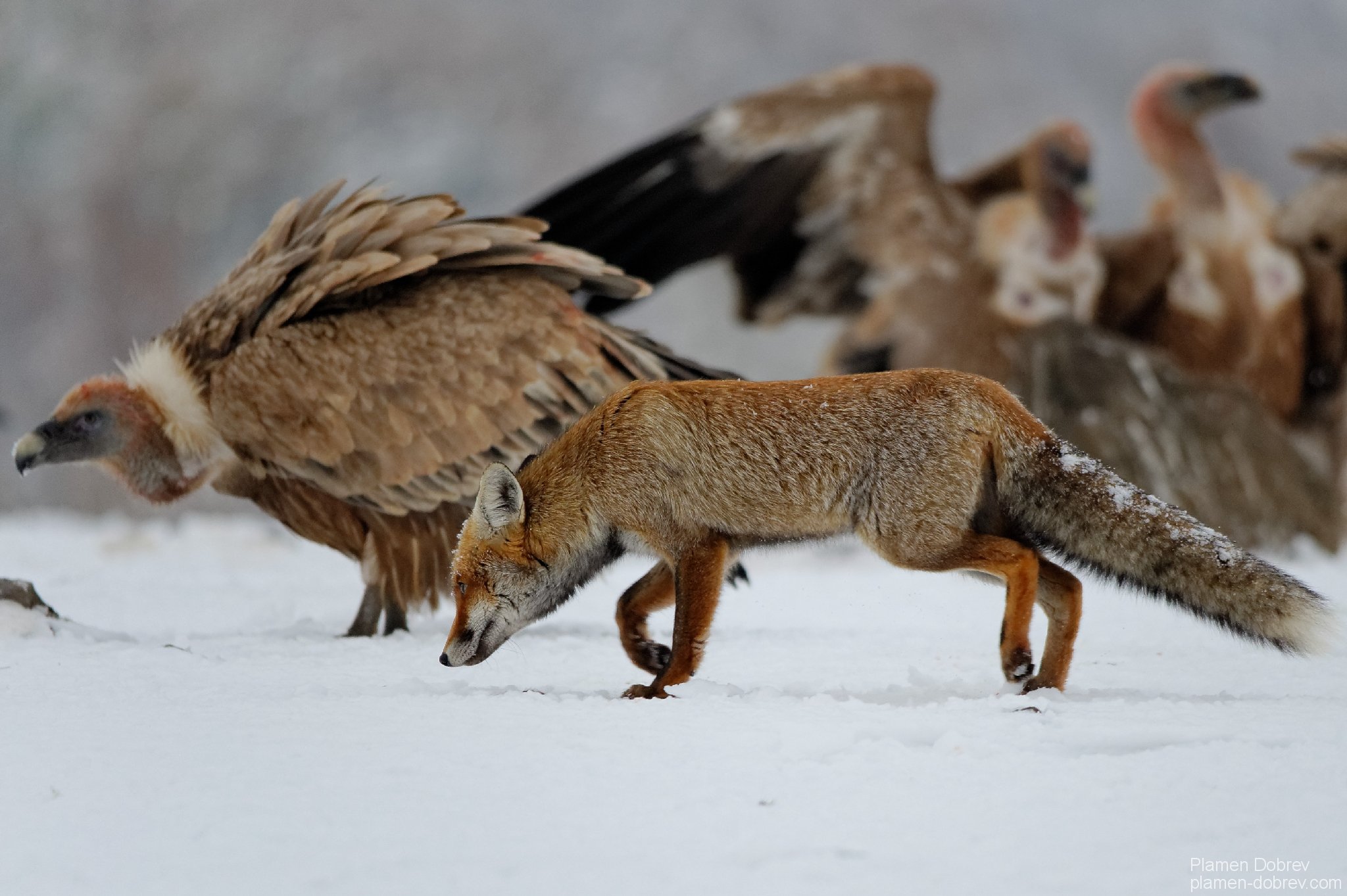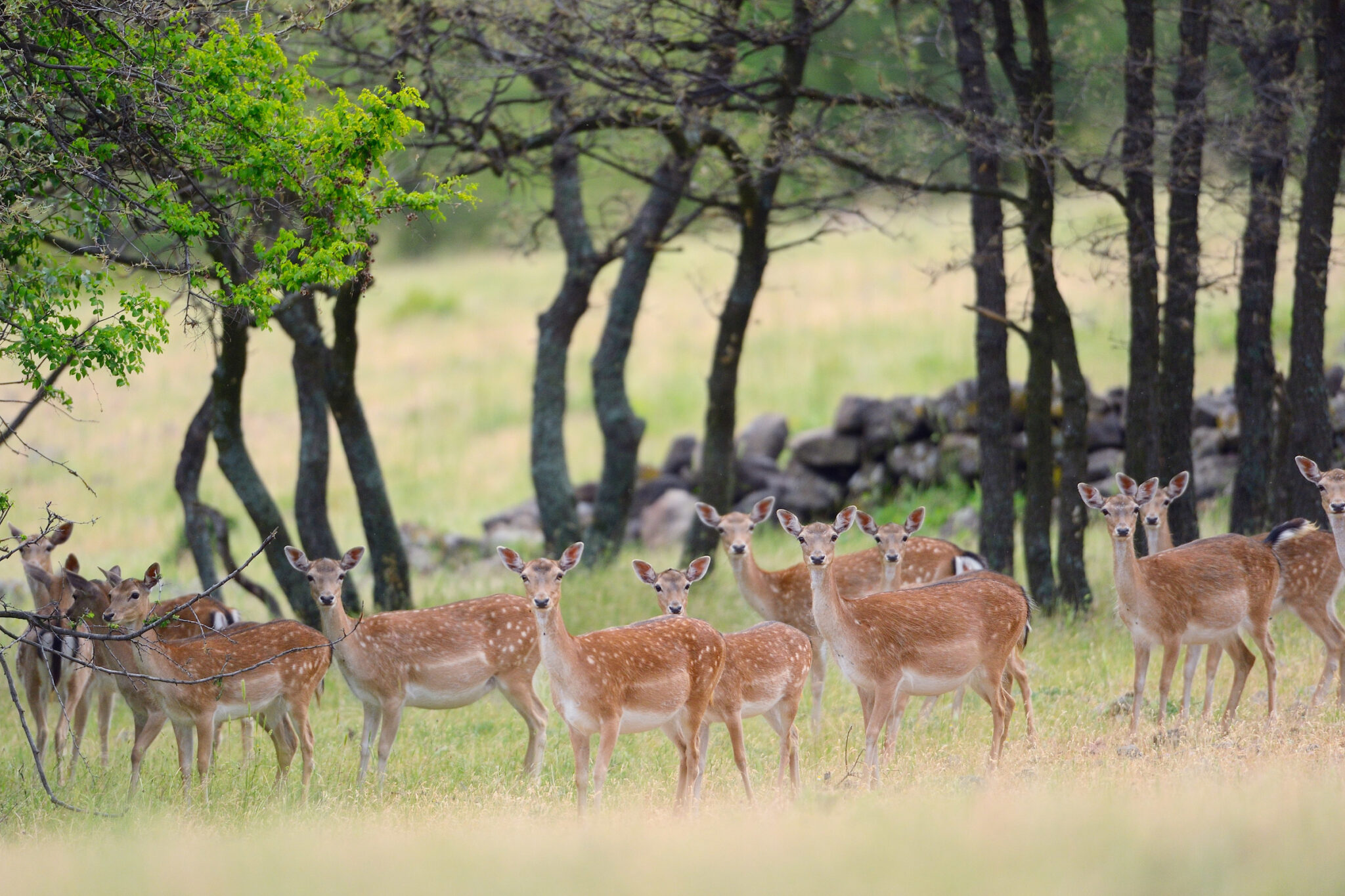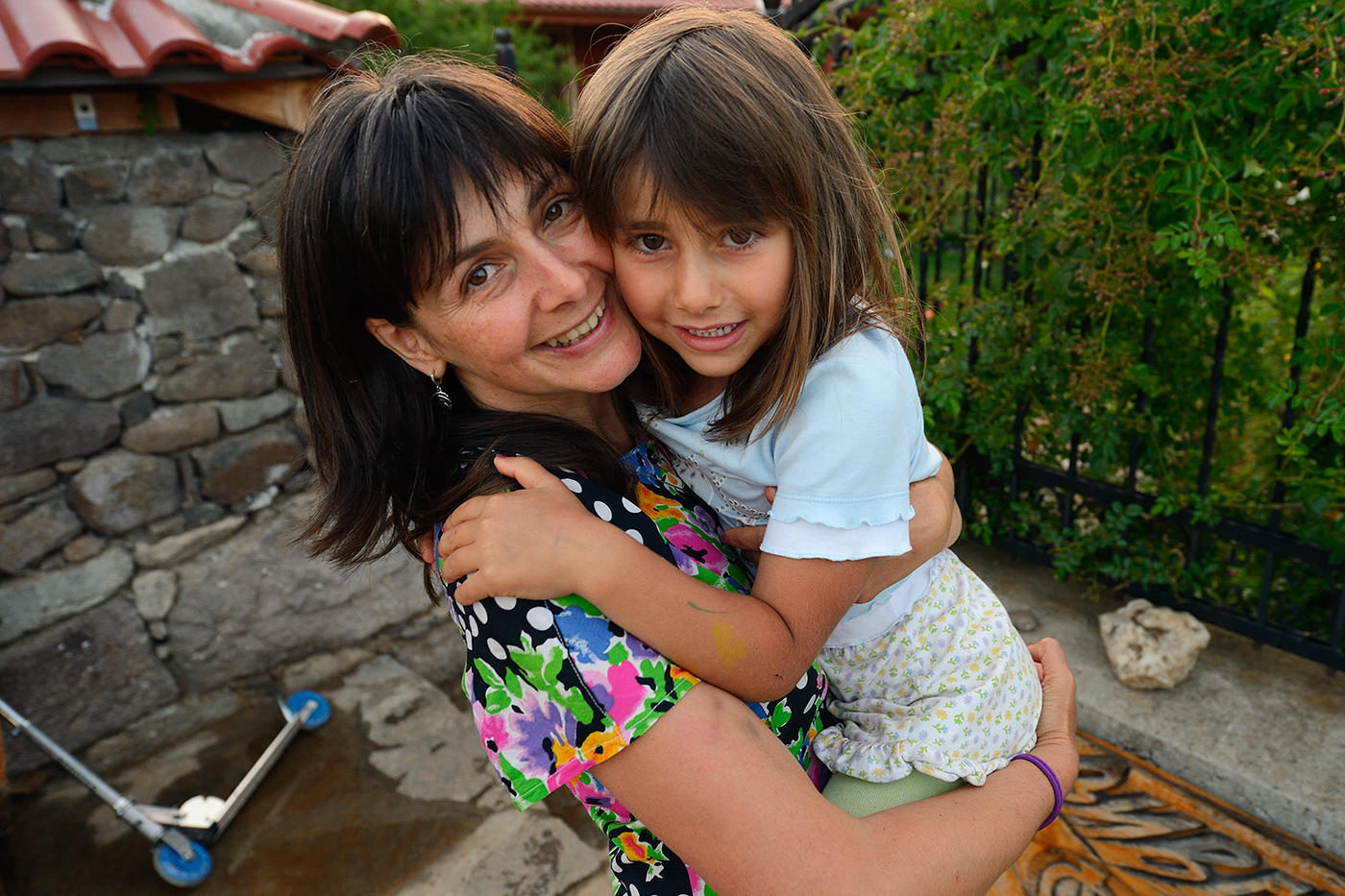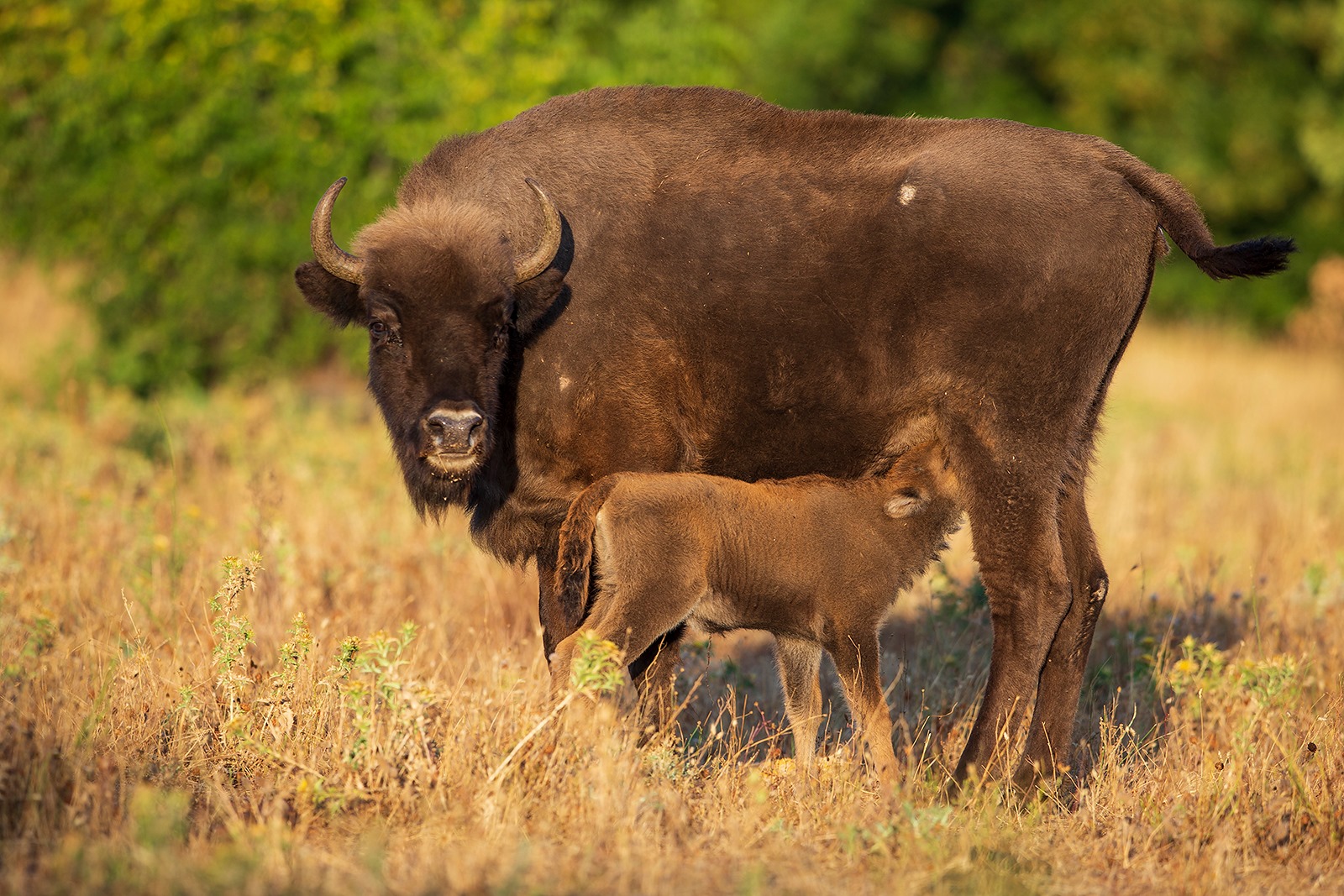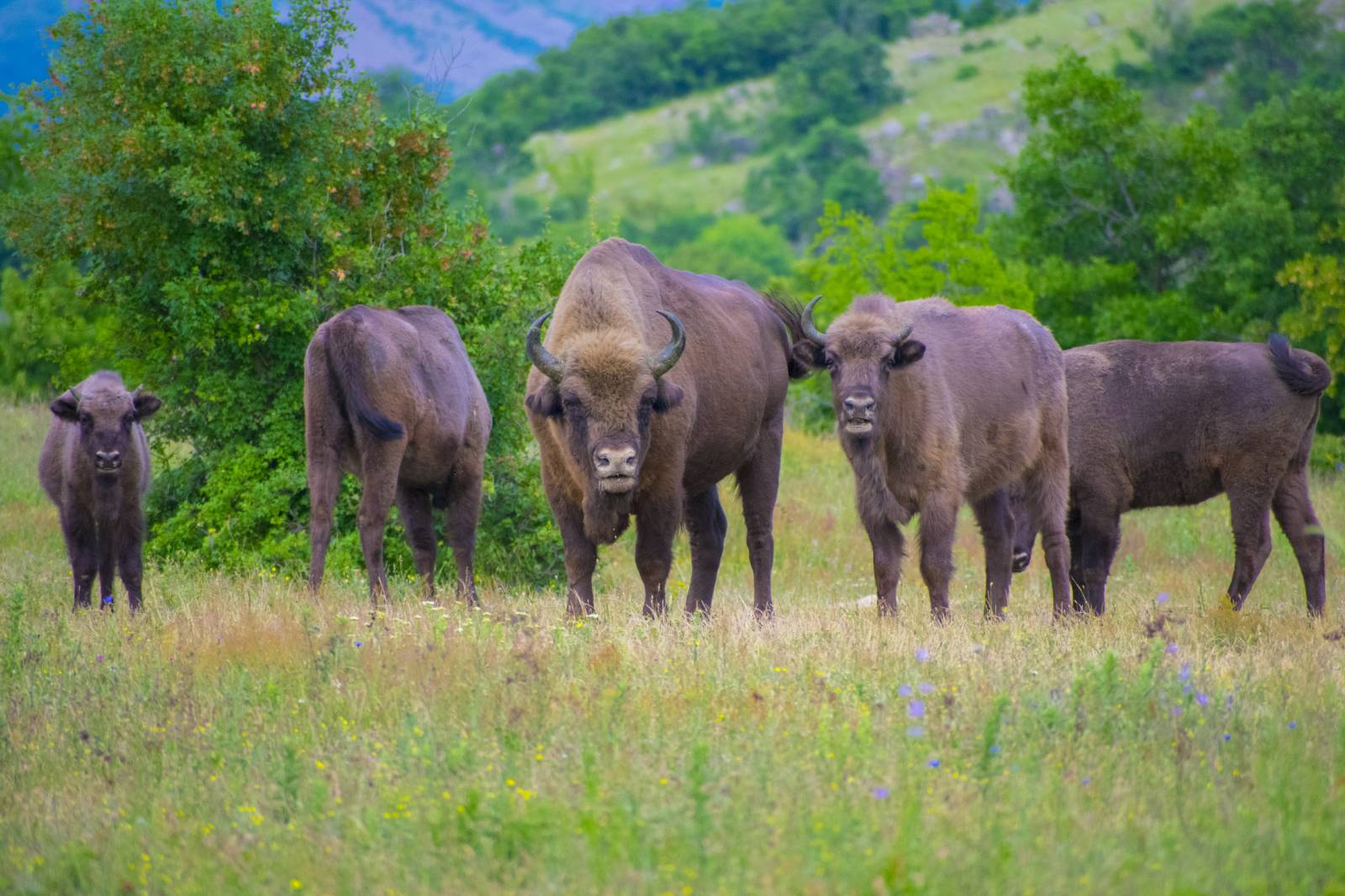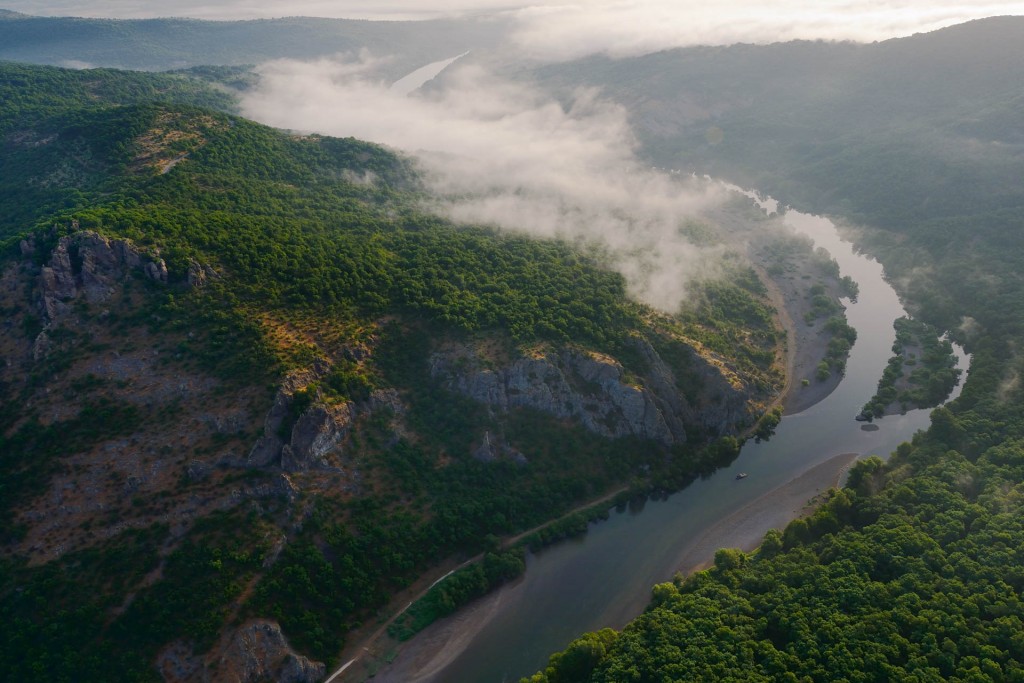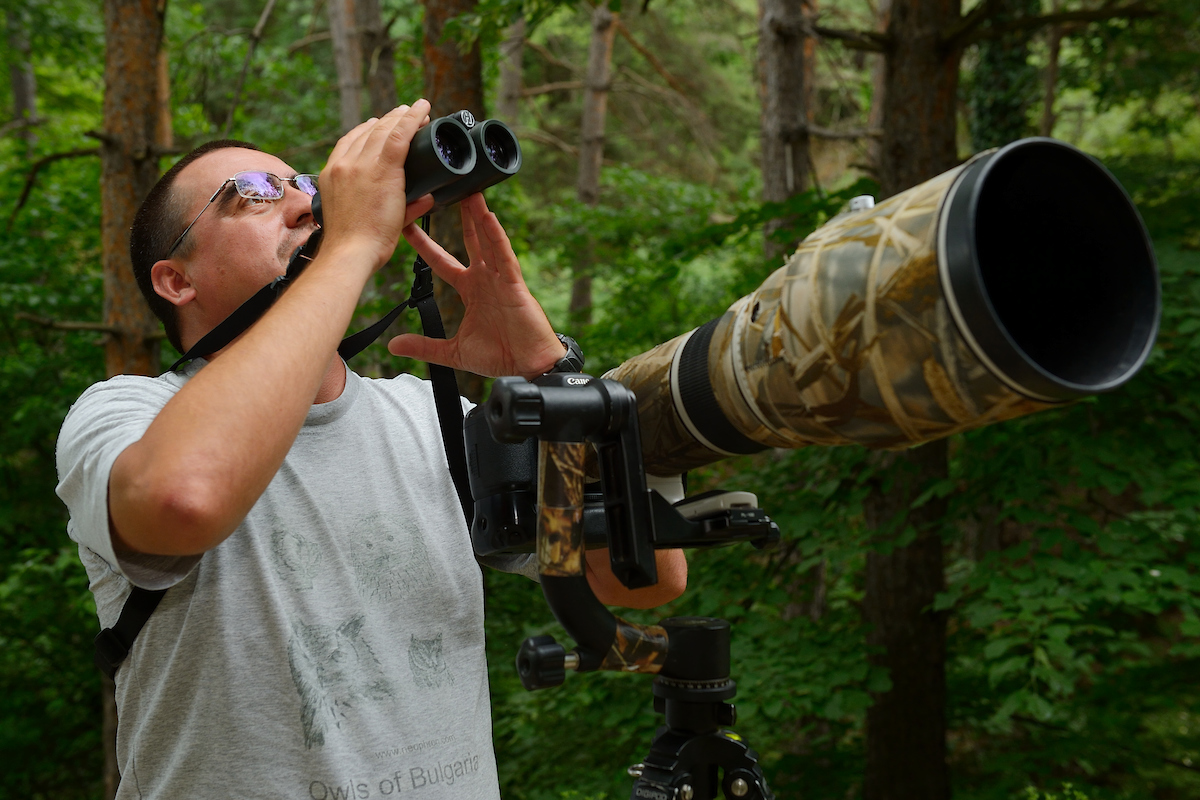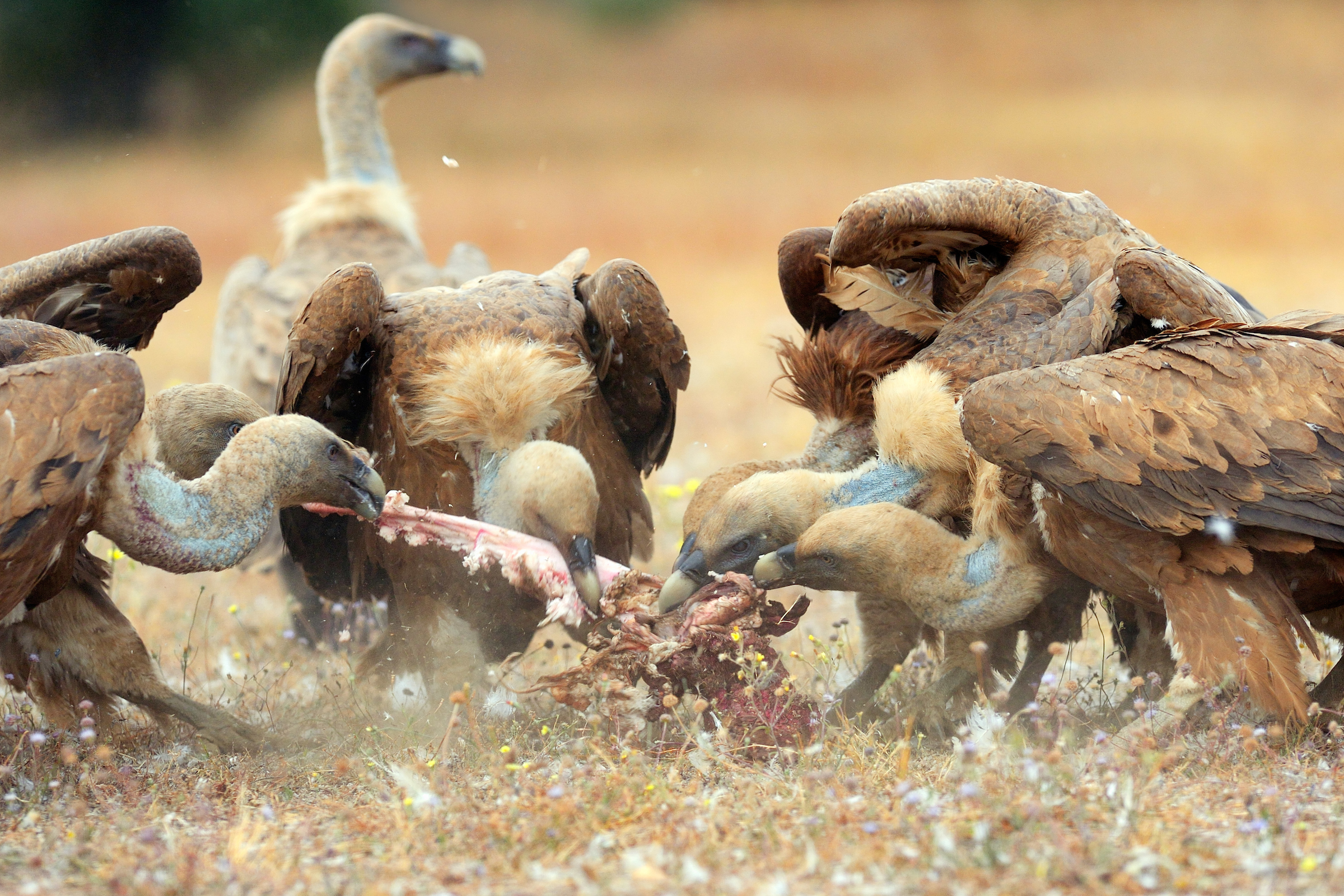Rewilding is a progressive approach to conservation. It’s about letting nature take care of itself, enabling natural processes to shape land and sea, repair damaged ecosystems and restore degraded landscapes. Through rewilding, wildlife’s natural rhythms create wilder, more biodiverse habitats.
A major role in this process is the return of key species that have become extinct or declined due to human activities. That is why a significant part of our work includes the reintroduction of herbivores, as this is the most effective way to create a natural ecosystem with complex food chains.
Fallow nd red deer, wild horses, bison are naturally occurring European herbivores that maintain a mosaic of open and wooded areas through natural grazing. By restoring wildlife and natural processes, wilder, richer biodiversity habitats are created.
